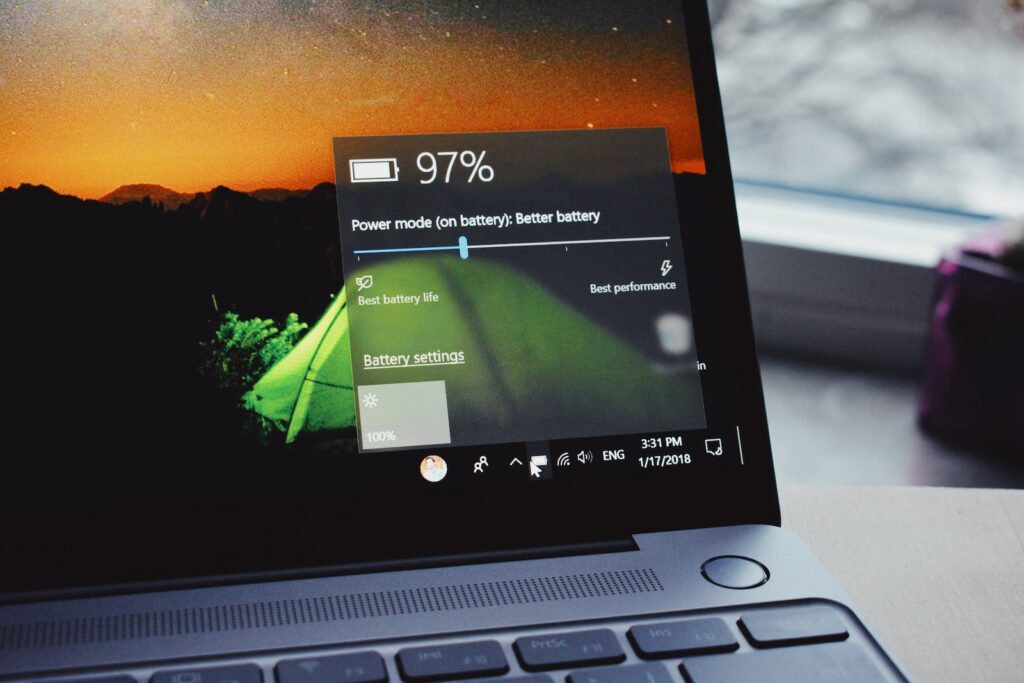Just 5% of total battery metal production comes from recycling
A new analysis of power cell reuse has pointed to a huge need to improve circular practices.
Conducted by energy transition analyst Fastmarkets, this new research looks at emerging trends in the lithium battery recycling and black mass markets this year, which researchers believe offer a clue as to how the sector will develop in the near future.
According to the findings, just 5% of total global battery metal production utilises recycled materials. For lithium carbonate equivalent (LCE) that figure is slightly higher, at 6%, while just 1% of nickel and 5% of cobalt is currently resused. Over the next decade, it is believed that this secondary supply of lithium will increase to 12%, while cobalt and nickel will grow to 7 and 5% respectively.
A major obstacle to improve this record comes from perceptions of second life safety. So-called ‘cascade utilisation’, where old electric vehicle (EV) batteries are adapted and reused for smaller mobility types such as e-scooters, divides opinion, with governments including China and New York State considering a ban on this practice over concerns about non-linear degradation. However, India has a far more optimistic view of this practice, which can be attributed to its longstanding history of taking used cars from Europe, retrofitting and repairing before introducing them to the domestic market.
Efficiency savings can also be made within production, with 73% of all scrap battery supply coming from the process of actually making the technology, and in terms of encouraging more people to dispose of old batteries in an environmentally responsible way. Just 27% comes from end-of-life, for example mobile phones, laptops and EV batteries that are responsibly recycled back into the supply chain.
‘As the uptake of EVs steadily increases and participants across the battery raw materials supply chain are looking to a more sustainable future, all eyes are on the lithium-ion battery recycling market in 2023,’ said Julia Harty, Energy Transition analyst at Fastmarkets.’Interest and investment in battery recycling is picking up pace and there is increasing pressure looking to find a way to meet future battery material demand.’
More on batteries:
Critical Materials Report: ‘Future powered by metals, fenced by iron curtains’
Limit energy transition materials to cut human and environmental cost
Image: Panos Sakalakis













